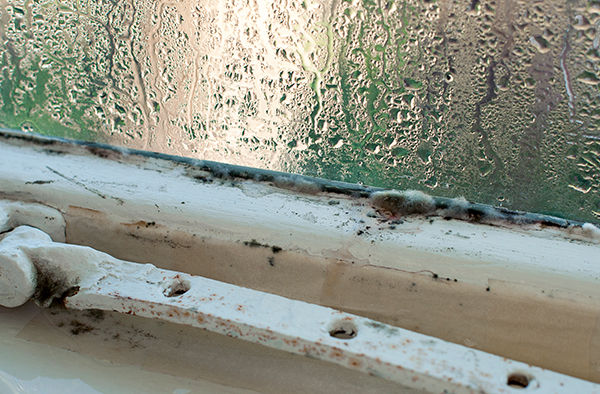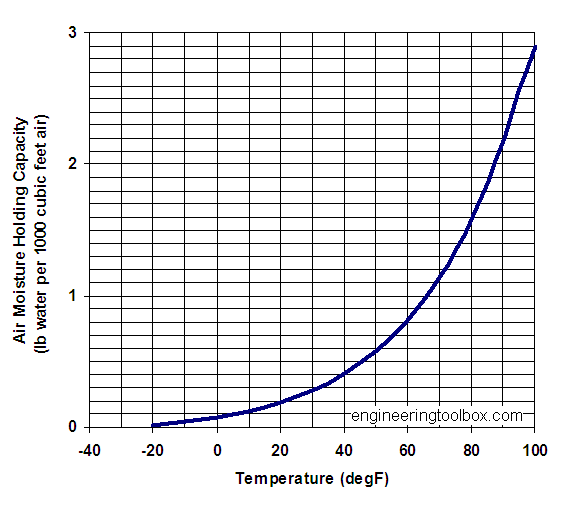
When the days are shorter and jackets are thicker, winter has arrived. As temperatures drop, the dew point will follow, leaving “watermarks” on your window. Condensation not only makes windows foggy but can cause property damage. As stated in the Journal of the Architectural Institute of Korea Structure & Construction, “condensation and mold problems in apartment buildings have been on the rise due to high performance of insulation and air tightness.”1
Condensation will form on surfaces when the air has an excess of moisture. The temperature directly affects the amount of moisture air can hold before saturation. Once air becomes saturated condensation will take place. The ability of air to hold water vapor increases as it warms and decreases as it cools. Once air has reached its dew point the moisture that the air can no longer hold condenses on the first cold surface it encounters, like magic, drops of condensation form.

During colder months, indoor air is much warmer and holds more moisture than outdoor air. When warm and humid indoor air makes contact with the cool glass, window condensation appears, in many cases leading to mold.

Tighter Building Codes
As building codes become tighter moisture generated inside does not have a way to escape. Too much moisture on windows creates damp frames and walls, which can lead to mold. In order to stop window condensation reduce the amount of moisture in the air. Moisture control can make your home more energy-efficient, reduce heating and cooling expenses, improve comfort and prevent mold growth.
The wall mounted. tankless dehumidifier puts control back in your hands. Designed to work independently from the HVAC system, the IW25 removes nearly 30 pints of moisture daily and drains directly into existing plumbing to help keep relative humidity below 60 percent.



Signs Condensation is a Problem
- Your home feels damp: Relative Humidity should be maintained between 30% and 50% 2
- Discoloration of walls/peeling wallpaper: caused by lack of ventilation and excess moisture
- Musty smell associated with mold becomes noticeable: caused by the release of microbial volatile organic compounds 3
- Warped wooden surfaces: occurs when moisture levels of wood change unevenly
Read how our customers benefit from moisture control with the IW-25.
Sources
1 Journal of the Architectural Institute of Korea Structure & Construction; Oh, Hae-Rin; Lee, Hyun-Hwa; Lim, Jae-Han, June 30 2017, Korea Science, accessed October 12, 2021, <https://www.koreascience.or.kr/article/JAKO201719363360631.page>
2 https://www.engineeringtoolbox.com/moisture-holding-capacity-air-d_281.html
3 https://www.epa.gov/mold/brief-guide-mold-moisture-and-your-home
4 https://www.ncbi.nlm.nih.gov/pmc/articles/PMC3964988/



